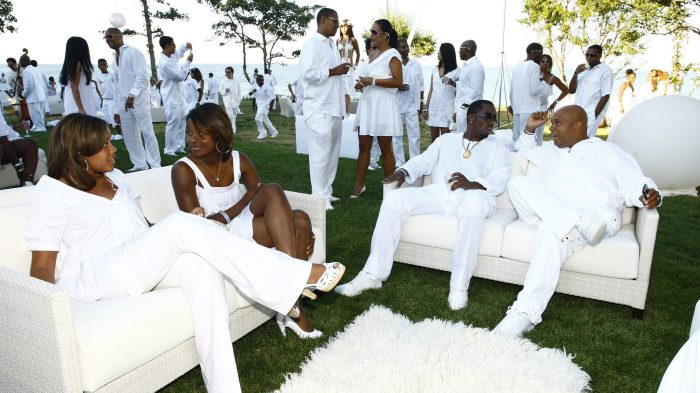Memorial Day marks the unofficial start of summer and the parties with all white-dress codes — and we know Black people love a white party.
But what is it about partying while wearing all-white that transcends both age and race?
Sadé Council, a marketing strategist, who has attended her share of all-white attire events, including a 10-year Deltaversary dinner for her sorority, credits Sean “Diddy” Combs with making all-white parties popular among younger generations.
“I think Black folks like to wear anything that makes our melanin pop and white is as high contrast as you can get,” said Council. “Diddy popularized them in the 2000s with his parties in the Hamptons so it gave wearing all white a certain cachet and made it feel like you were doing something elevated, cool, and bougie.”
Diddy’s White Party kicked in the door, announcing ‘we up in here’Read now
From 1998 to 2009, Combs was the host with the most. His Fourth of July parties and their all-white dress code attracted not just famous Black celebrities, athletes, and musicians but white ones, too.
Council noted that wearing white is not a practical choice, which adds to its cachet. “You tend to be extra-conscious and careful not to get anything on your outfit — so wearing all white is kind of daring and carefree, in a way. It sends a subtle message that you don’t really care if you mess your outfit up, because you can just replace it.”
Shay Myrick, a customer service professional, usually doesn’t like to wear all-white — “I try to avoid displaying my clumsiness” — but she attended a Diner en Blanc in 2018 on Governor’s Island in New York.
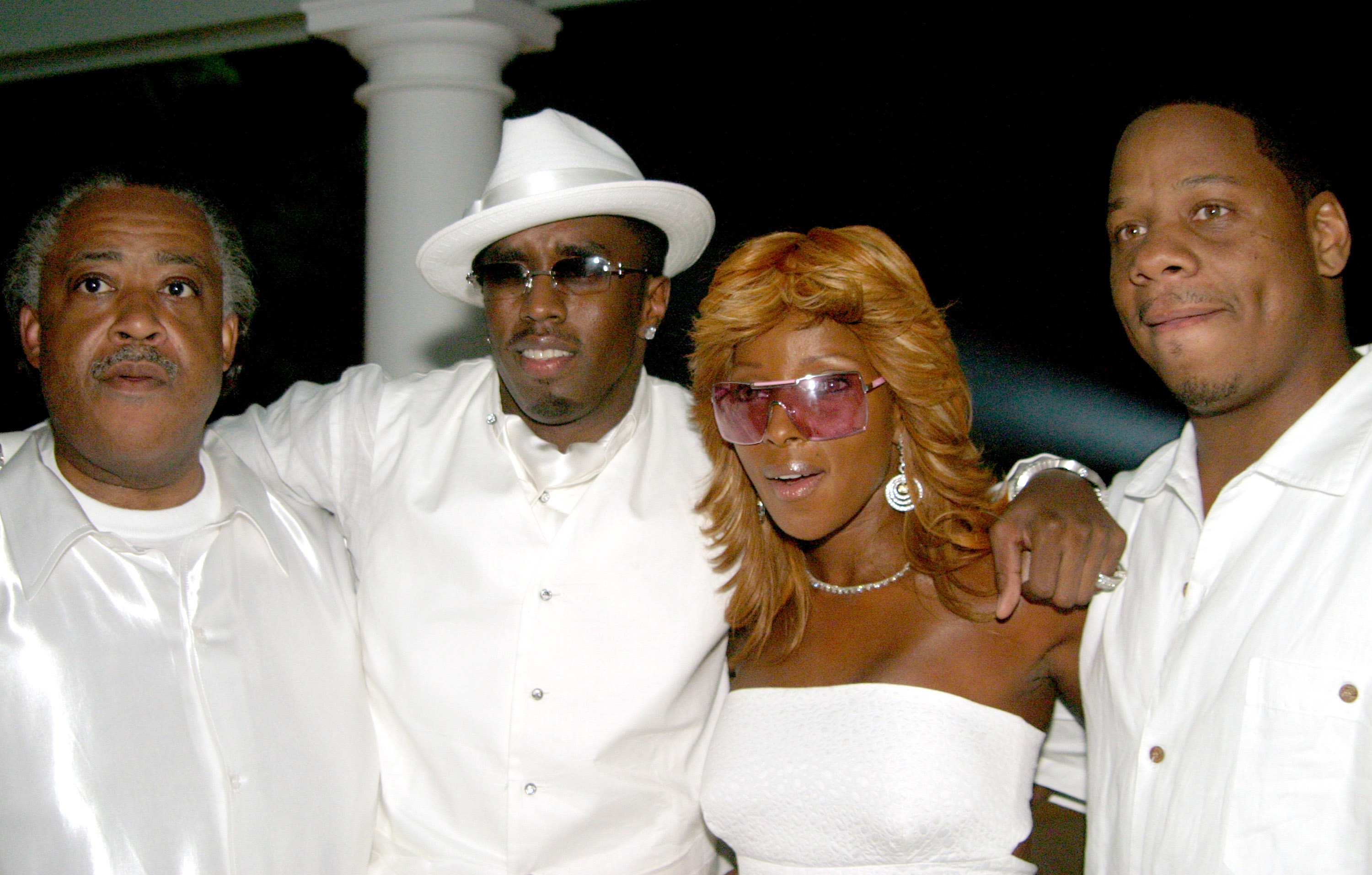
From left to right: Activist Rev. Al Sharpton, record mogul Sean “Diddy” Combs, singer Mary J. Blige and producer Kendu Isaacs in 2009.
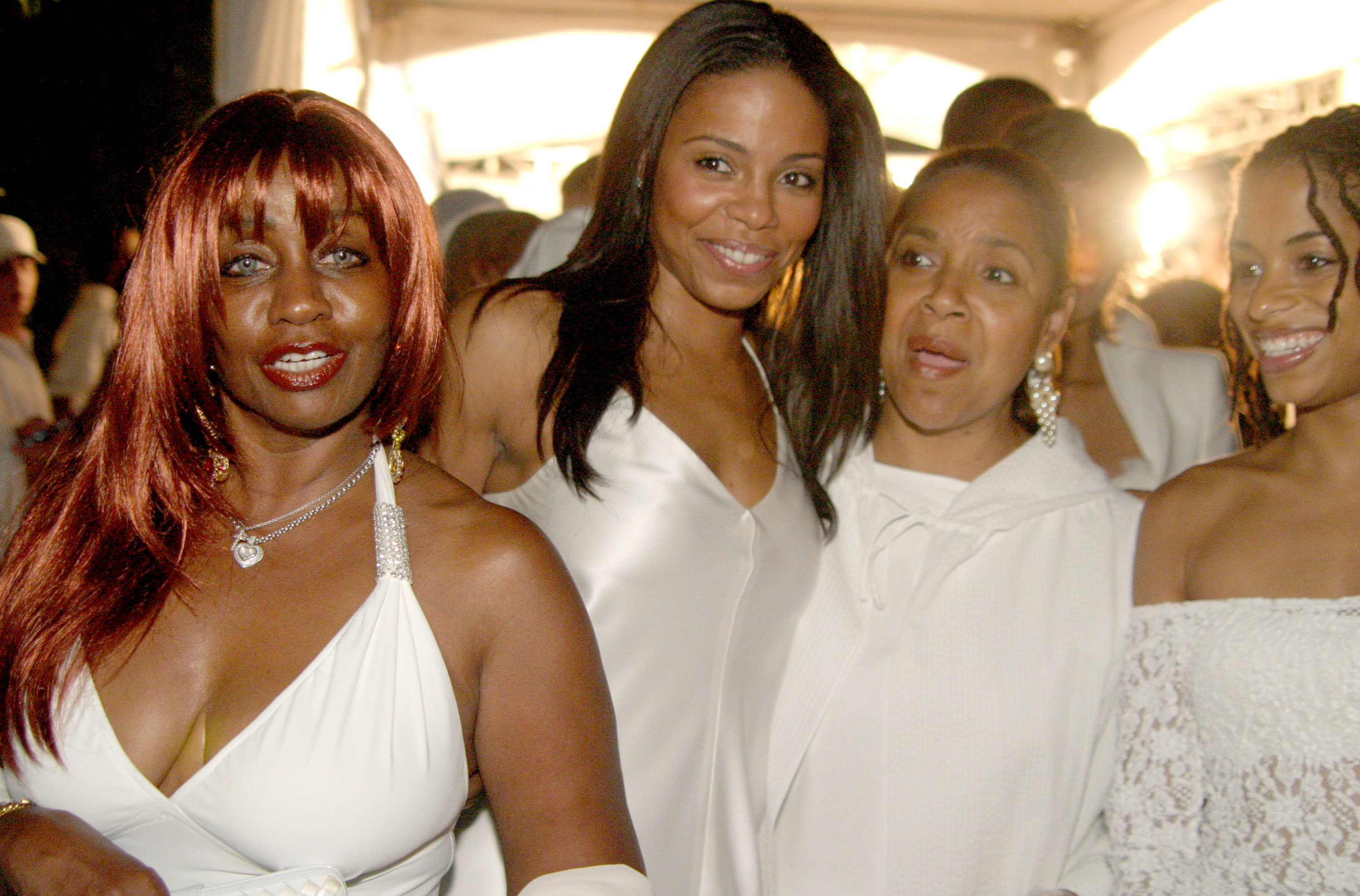
From left to right: Janice Combs, mother of Sean “Diddy” Combs; actresses Sanaa Lathan and Phylicia Rashad at the Diddy White Party in Bridgehampton, New York, in 2009.
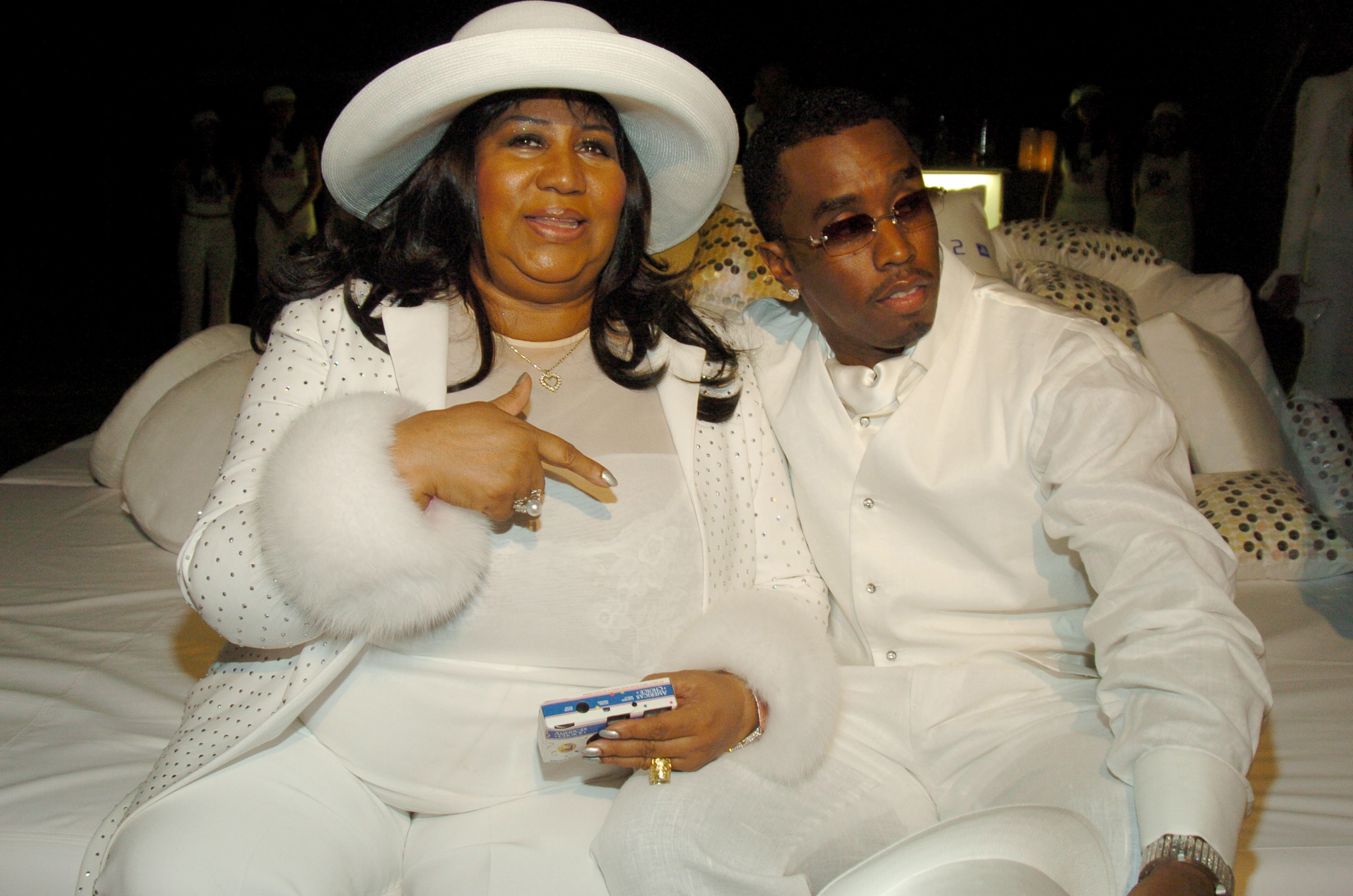
Dimitrios Kambouris/WireImage for Bragman Nyman Cafarelli
Aretha Franklin (left) and Sean Combs (right) at the PS2 Estate in 2009.
The dinners were started more than 30 years ago in Paris, when François Pasquier invited friends to celebrate his family’s return from Tahiti where they had been living, launching what would become the popular dinner series. His home’s yard was too small so he invited friends to a picnic in Bois de Boulogne, a large public park. Pasquier asked everyone to wear white so the partygoers could find each other. Now Le Dîner en Blanc happens globally, with thousands of people dressed in white, dining al fresco.
“The last all-white party I attended was last December in Ghana for a brunch party,” said Myrick. “It was funny to see how much Black people on any continent love to show out in all-white attire for events.”
The color white in Western fashion is a symbol of purity and cleanliness, said Darnell-Jamal Lisby, assistant curator of fashion at the Cleveland Museum of Art. “White became synonymous with suffrage and, eventually, feminist movements throughout the 20th and 21st centuries.
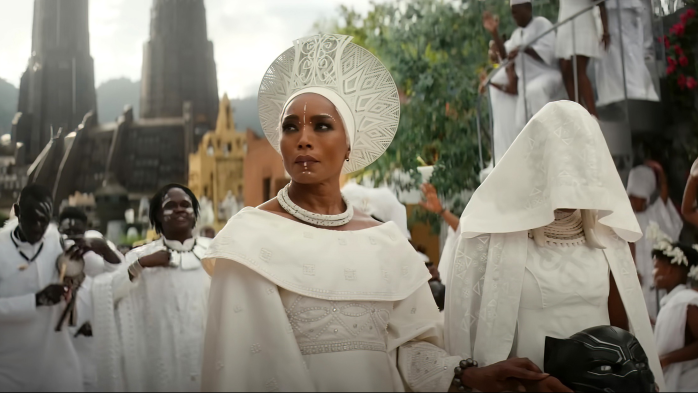 How dressing up for ‘Black Panther’ fits in the history of Black fashionRead now
How dressing up for ‘Black Panther’ fits in the history of Black fashionRead now
“With that being said, we also see the color white, and shades of white and beige, particularly depicted in late 19th century and early 20th century art as a favorable color for aristocratic day dressing for vacationing and resort activities,” Lisby said. “Even earlier than that, white cotton dresses during the turn of the 19th century for empire silhouette dresses became very popular in the West for functional and fashionable purposes.
“Society has unfortunately also conditioned us to believe that white equals pure, innocent, clean, and good. So, while I don’t personally like to lean into that definition, it’s one that is perpetuated in our culture,” Council noted.
Like most social constructs that signal wealth, wearing white clothing during the summer months was a way to keep the “haves” and the “have-nots” separate — or at least, it was before everyone faked it until they made it.
The idea of “summer whites,” or wearing white clothing between Memorial Day and Labor Day, dates to the latter part of the 19th century, when the upper class fled the heat and soot in newly industrialized cities such as New York and Chicago for their country homes. Wearing white at your summer home was a way for the families with “old money” to differentiate themselves from those with “new money.”
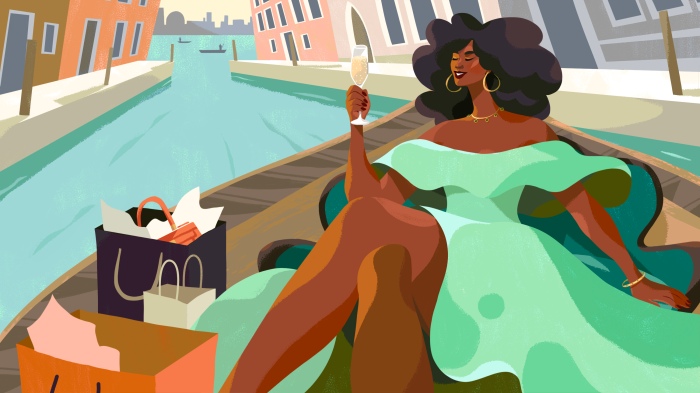 The #SoftLife isn’t as easy as it looks onlineRead now
The #SoftLife isn’t as easy as it looks onlineRead now
Mainstream women’s magazines dictated trends necessary to follow to be deemed en vogue, resulting in “fashion rules” like not wearing white before Memorial Day or after Labor Day.
“From then, we see white become embedded in culture as this essential color to wear during the summer, expressing a high level of elegance and also comfort,” Lisby said. “Bleached clothing absorbs less heat than dyed, colored clothing, so there is that end of the equation as well.”
Lisby said there’s a level of exquisiteness when everyone is dressed in white at a party that’s hard to ignore. “I even think about Sunday best clothing in the Black church and young girls who would be dressed in frilly white tulle dresses, signifying purity. All things considered, there’s an elegance associated with the color white in the West, and it permeates many subcultures here.”
Channing Hargrove is a senior writer at Andscape covering fashion. That’s easier than admitting how strongly she identifies with the lyrics “Single Black female addicted to retail.”
